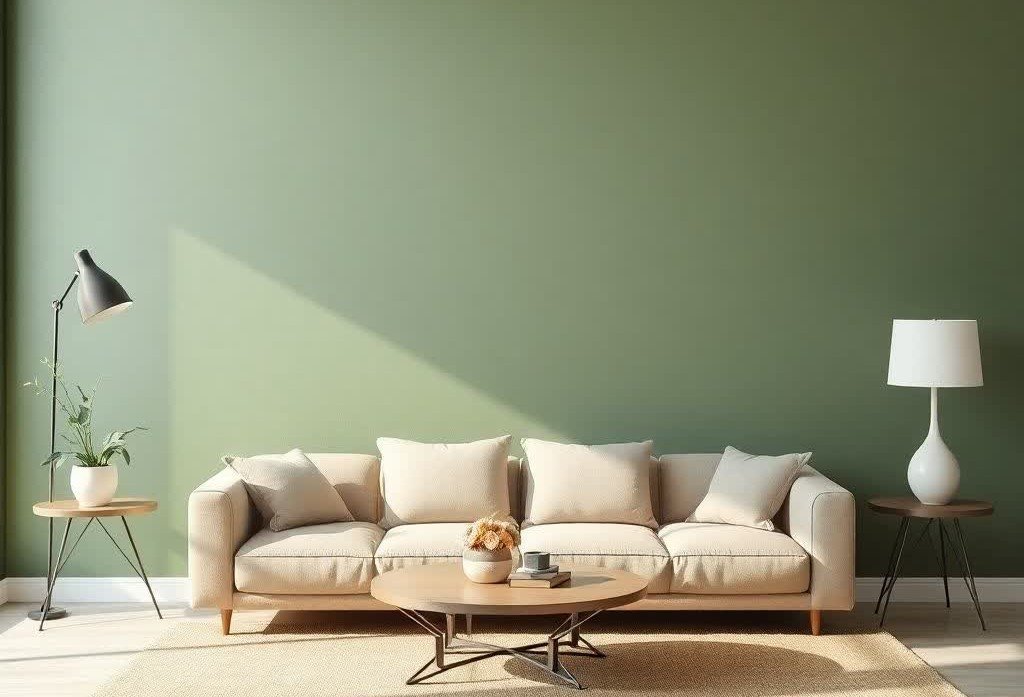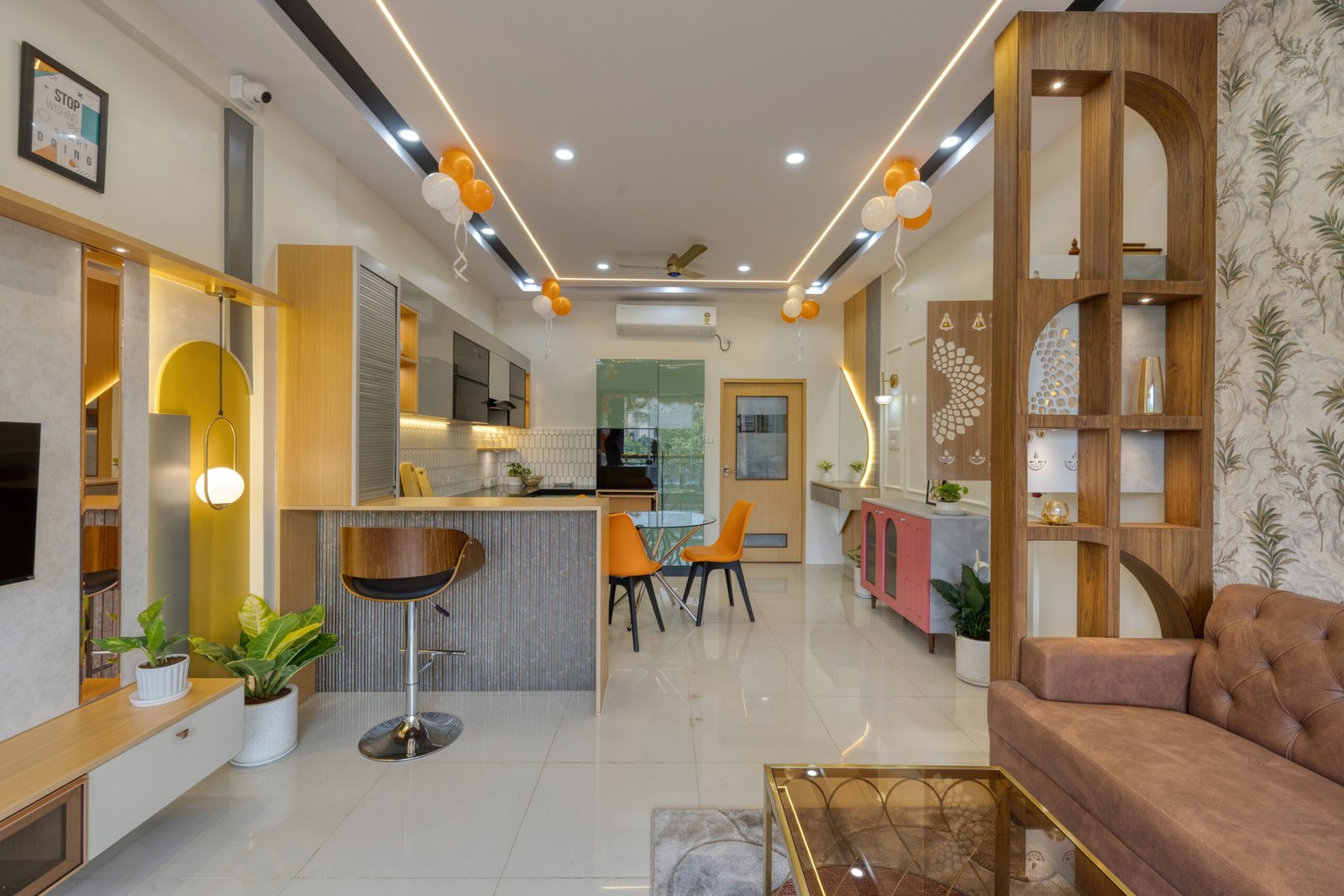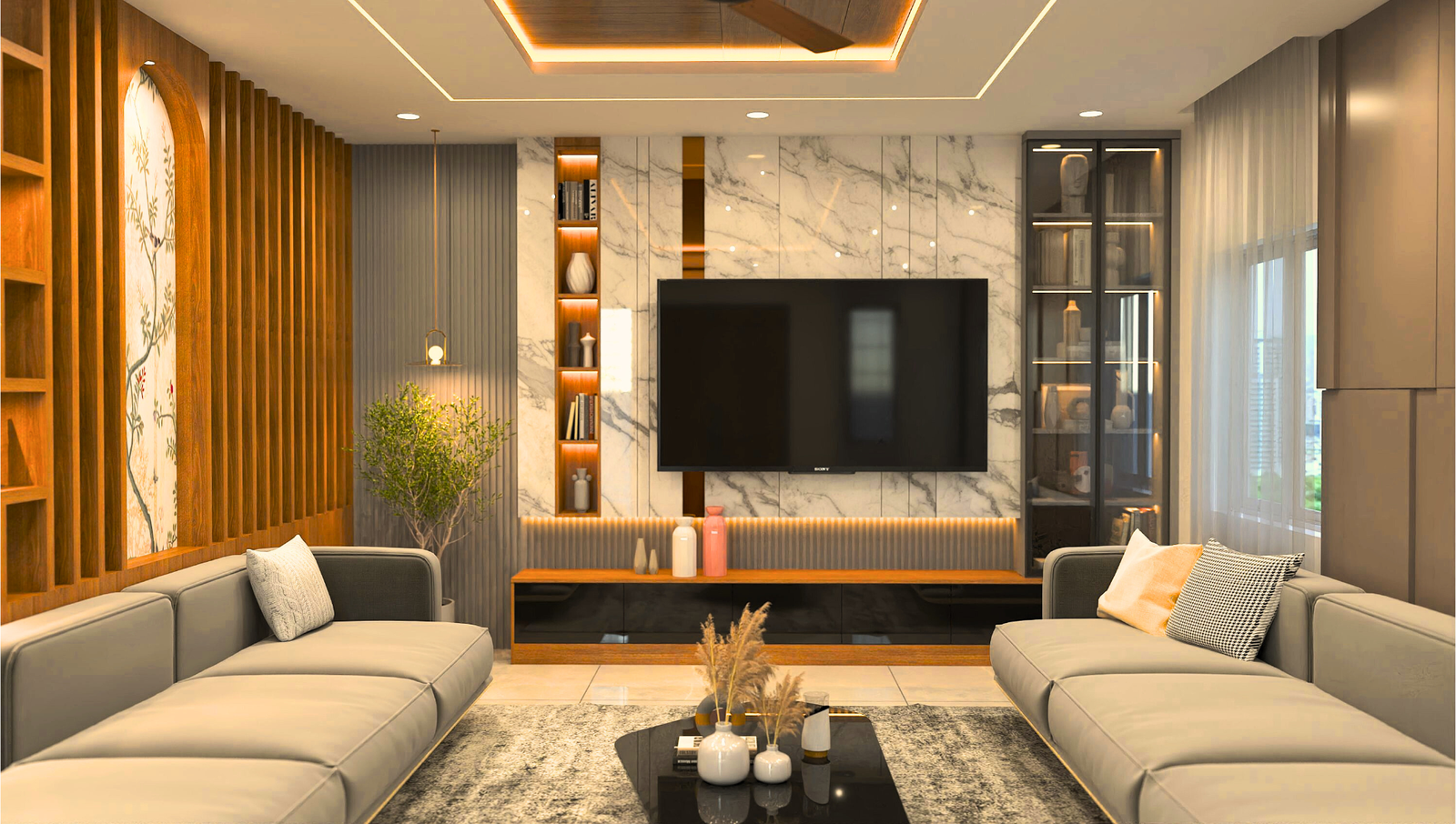
Core Responsibilities: Carpenter vs. Interior Designer
Carpenters and interior designers serve distinct yet complementary roles in the realm of home construction and improvement projects. Carpenters primarily engage in the hands-on crafting and building of various wooden structures. Their core responsibilities include the fabrication and installation of items such as furniture, cabinetry, flooring, and structural elements, which are essential for creating functional spaces within a home. A carpenter’s work often requires a high level of skill in working with tools, understanding blueprints, and applying various woodworking techniques to ensure that every piece meets both aesthetic and structural standards.
On the other hand, interior designers focus on the comprehensive aesthetic and functional aspects of a space. Their expertise lies in conceptualizing the overall look and feel of an interior environment. This includes selecting color schemes, choosing furnishings, and sourcing decor that align with the client’s vision while ensuring that the space is efficient and harmonious. An interior designer’s role extends beyond mere aesthetics; it encompasses understanding spatial planning, compliance with building codes, and creating designs that enhance comfort and usability for the inhabitants.
While carpenters excel in transforming raw materials into tangible structures, interior designers are adept at orchestrating the visuals and functionality of those spaces once the structural work is completed. The synergy between these two professions is crucial for successful home projects, as the tangible outputs from carpenters form the foundation upon which interior designers create inviting and livable environments. Ultimately, both carpenters and interior designers play pivotal roles, contributing unique skills that enrich the home-building process and elevate the final outcome.
Scope of Work
The roles of carpenters and interior designers are distinct yet complementary in the realm of home projects. Carpenters primarily focus on the practical aspects of construction, namely adhering to detailed blueprints and crafting specific structural elements. Their expertise lies in the fabrication of items such as custom cabinetry, furniture, and various woodwork installations that align with the specifications set forth by the design team. With a strong emphasis on precision and technical skill, carpenters translate creative visions into tangible results, ensuring that all structural elements are executed to perfection.
On the other hand, interior designers oversee the entire design process, which encompasses not only the aesthetics but also the functionality of a space. They work collaboratively with clients to establish a vision that meets both practical needs and aesthetic desires. This involves conducting site assessments, selecting color schemes, materials, and furnishings, and creating layouts that foster a seamless flow within the environment. Interior designers also manage budgets and timelines, coordinating with various contractors, including carpenters, to ensure that every component of the project aligns harmoniously with the overall vision.
Understanding the scope of work for both professionals is crucial for homeowners embarking on a project. When the goal is to bring intricate designs to life, a carpenter is necessary to construct the physical elements of those designs. Conversely, if a project entails a complete makeover of a living space with a cohesive design concept, engaging an interior designer will be critical. Clarity about the specific roles and responsibilities of carpenters and interior designers enables homeowners to make informed decisions about when to involve each professional, ultimately leading to successful and satisfying home projects.
Specialized Knowledge and Skills: What Sets Them Apart
When considering home projects, understanding the distinct skills and knowledge that carpenters and interior designers bring to the table is crucial. Carpenters possess specialized technical expertise in working intricately with materials, primarily wood. Their skill set encompasses understanding various types of wood, effective jointing techniques, and mastery in the use of construction tools such as saws, drills, and chisels. This technical knowledge enables carpenters to create custom cabinetry, furniture, and structural components that are not only functional but also aesthetically pleasing.
The craftsmanship displayed by carpenters is paramount in ensuring that every piece they create is structurally sound and tailored to meet the specific needs of the space. They are trained to consider wear and tear, maintenance, and longevity, which is critical in the selection of materials. This expertise extends to the practical aspects of building, such as reading blueprints and adhering to safety standards during construction. Thus, the role of a carpenter is fundamentally rooted in technical dexterity and a profound understanding of material properties.
In contrast, interior designers focus on the conceptual and aesthetic aspects of a space. Their expertise lies in spatial awareness, where they analyze how different elements will interact within a room. This includes a deep understanding of color theory, lighting, and texture—which are crucial in creating harmonious and functional designs. Additionally, interior designers analyze human behavior to enhance livability and usability in their designs. By skillfully arranging furniture and selecting decor, they can dramatically affect how a space feels and operates.
In summary, while carpenters excel in craftsmanship and technical skills related to construction, interior designers integrate aesthetic principles and an understanding of human interaction to create inviting and functional spaces. Each profession plays a vital role in home projects, contributing unique expertise to achieve a cohesive and well-executed outcome.
When to Hire a Carpenter or Interior Designer
Determining when to engage the services of a carpenter or an interior designer is crucial for achieving desired outcomes in home projects. Each professional specializes in different aspects, and understanding these roles can streamline the decision-making process. Carpenters primarily focus on the fabrication and installation of wood elements, making them ideal for projects requiring custom cabinetry, furniture, or structural alterations. For example, if a homeowner wishes to add built-in bookshelves or a custom kitchen island, a carpenter is the right choice. Their expertise in detailed woodworking ensures quality construction tailored to specific needs.
Conversely, an interior designer excels in creating cohesive aesthetic spaces that align with a homeowner’s vision. This professional typically takes on projects involving comprehensive design transformations, including color schemes, furniture layout, and decor selection. If a homeowner wants to renovate a room to enhance both functionality and style, hiring an interior designer is advisable. They can assess the space, recommend design elements, and curate a visually appealing environment, making informed decisions based on the latest trends and practical considerations.
There are scenarios where collaboration between a carpenter and an interior designer is beneficial. For instance, if a homeowner is undertaking a major renovation that involves both structural changes and aesthetic updates, these professionals can work together to ensure the project flows seamlessly. The interior designer can draft the overall layout and visual concept, while the carpenter can execute the essential structural work, such as creating unique built-ins that fit the designer’s vision. This partnership not only simplifies the process but also enriches the final outcome, maximizing both the functionality and beauty of the space.








